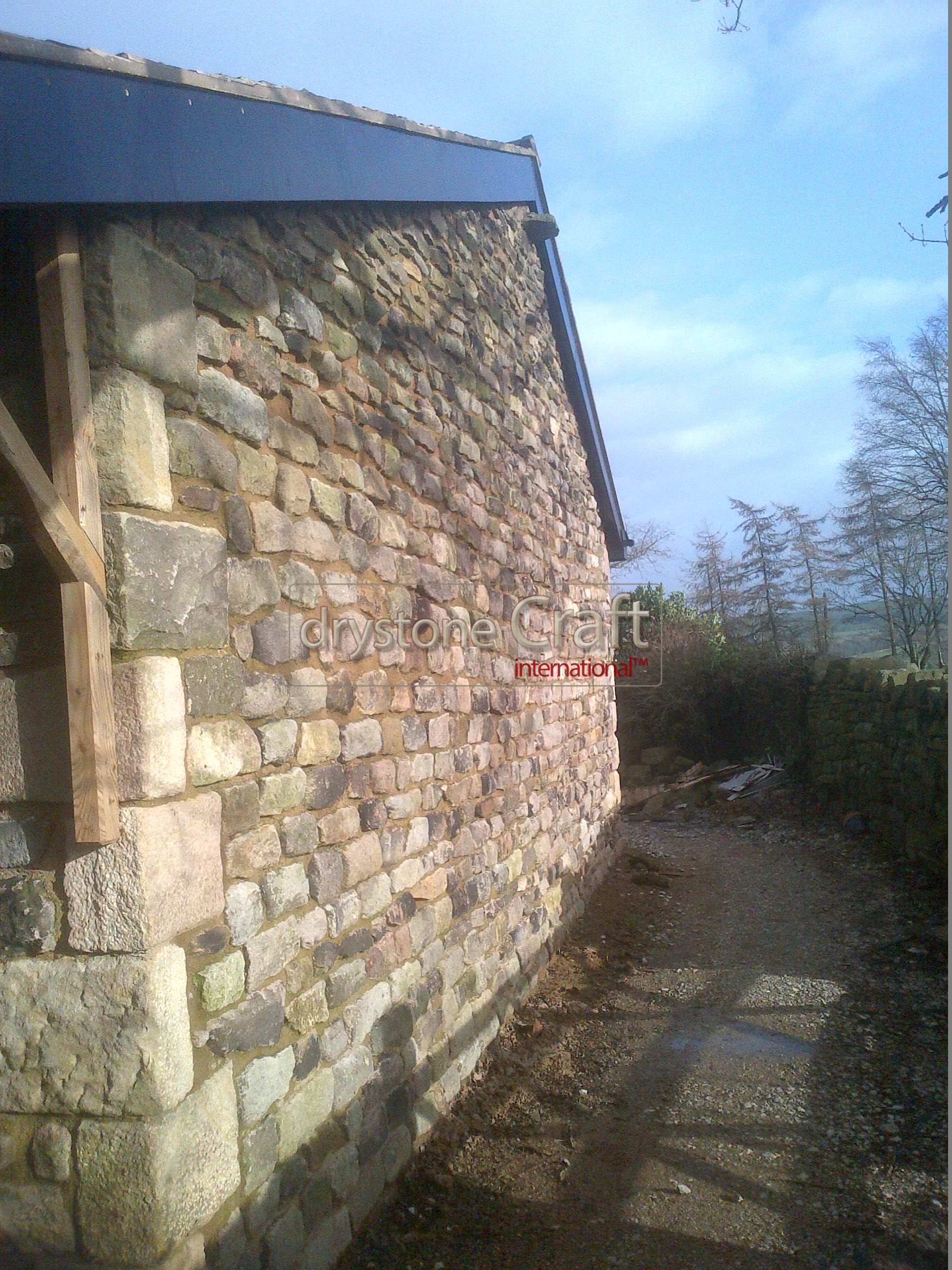In an age where aesthetics meet functionality, rebuilding beauty of natural rock surfaces has turned into a priority for many homeowners in addition to preservationists alike. No matter if it's the awesome entryway of your historical building or a basic kitchen countertop, rock can age and even be troubled by various environmental factors, leading to dullness, stains, as well as damage. Comprehending the complexities of stone refurbishment not only improves the overall look of these surfaces, but also stretches their lifespan and even functionality.
This kind of comprehensive guide in stone restoration may delve into innovative resources and techniques that professionals and DO-IT-YOURSELF enthusiasts utilize in order to breathe new lifestyle into worn-out stone surfaces. From responding to common issues just like scratches and staining to discussing the benefits of selecting experts, this article aims to equip an individual with all the knowledge required to maintain and restore your loved one stone features effectively. Join us as many of us explore various refurbishment methods and finest practices to make certain your stone surfaces continue to be beautiful and sturdy regarding years to come.
Being familiar with Stone Restoration
Stone restoration may be the means of cleaning, restoring, and preserving all-natural stone surfaces to take care of their aesthetic attractiveness and functional ethics. This could include various types of stone, such seeing that marble, granite, limestone, and travertine, each and every of which includes exclusive properties and requires particular techniques for effective restoration. The principal goal of natural stone restoration would be to boost the appearance associated with stone surfaces when extending their lifespan, thus which is why they are concidered appear as good since new.
One of many key areas of stone restoration is figuring out the specific problems that should be addressed. This can range between removing discolorations and scratches to repairing chips plus cracks. For example, marble surfaces happen to be known for their susceptibility to decoration due to acidic elements; therefore, specialized options for polishing and fixing shine are essential. Additionally, understanding the variations in care and maintenance between various types of stone is essential regarding effective restoration, as some stones require a lot more frequent sealing plus special cleaners.
Professional stone refurbishment services offer competence and equipment which could significantly improve the results compared in order to DIY methods. Whilst some homeowners might attempt to conduct restoration work themselves, the ability to access advanced resources and techniques guarantees an increased quality surface finish. By investing in professional natural stone restoration, homeowners not necessarily only improve the splendor of their natural stone surfaces but likewise protect their investment decision and increase the particular value of their property.
Professional as opposed to. DIY Stone Recovery
When it comes to rock restoration, homeowners generally face an essential decision: to hire some sort of professional or tackle the job by themselves. Professional restorers have got specialized training and even experience, allowing these people to effectively determine and address several issues such as yellowing, etching, and damage. Their expertise ensures that the proper strategies and materials are engaged, which will lead to be able to an even more durable and aesthetic finish. Furthermore, they may have access to innovative tools and equipment that can yield results that could be challenging for an amateur in order to achieve.
Upon the other palm, DIY stone repair can be a cost-effective option for those happy to commit the time in addition to effort. Many resources and cleaning goods are readily available for homeowners who wish to learn about maintaining and restoring their rock surfaces. Simple responsibilities like cleaning, securing, and minor maintenance can often end up being done effectively with no professional help. However, that is crucial for DIY enthusiasts to be able to thoroughly research strategies and understand typically the limitations of their own skills to avoid prospective mishaps.
Eventually, the choice between expert and DIY rock restoration should be dependent on the complexity from the job as well as the homeowner's comfort level with renovation work. For significant problems or historic restorations, hiring a professional may save some guarantee high-quality results. Conversely, minor maintenance tasks can be an enjoyable opportinity for home owners to adopt the role in taking care of their own stone surfaces although enhancing their understanding and skills in stone care.
Restoration Techniques for Different Rock Types

Rebuilding natural stone floors requires an understanding from the specific techniques suited to various kinds of rock. For marble, crucial restoration methods contain polishing and honing to remove scratches and etching while delivering back the stone's natural shine. Using specialized diamond perfecting pads can effectively restore its hold on their owners. Additionally, applying sealants post-restoration helps protect against future stains in addition to etching, ensuring the marble maintains its beauty with time.
Granite restoration approaches differ as a result of stone's durability. Chip in addition to scratch repair generally involves using epoxy fillers that match the stone's color. Right after addressing surface spots, honing pads will be employed to restore a polished finish. Closing granite is essential as well. Proper sealing prevents yellowing from oils and even spills, extending the particular stone's lifespan. Learning the right level of shine for marble is essential; some prefer a matte finish, while others want high gloss.
Limestone and travertine restoration techniques focus primarily on cleaning and filling. With regard to limestone, pressure cleansing associated with a slight acidic cleaner may successfully get free of dirt plus stains without harming the stone. Travertine often requires stuffing holes having a plant to produce a smooth surface area before polishing. For both stone varieties, regular sealing is vital to shield by moisture and stains. By utilizing these tailored techniques, you can achieve beautiful in addition to lasting results intended for various stone surfaces.
